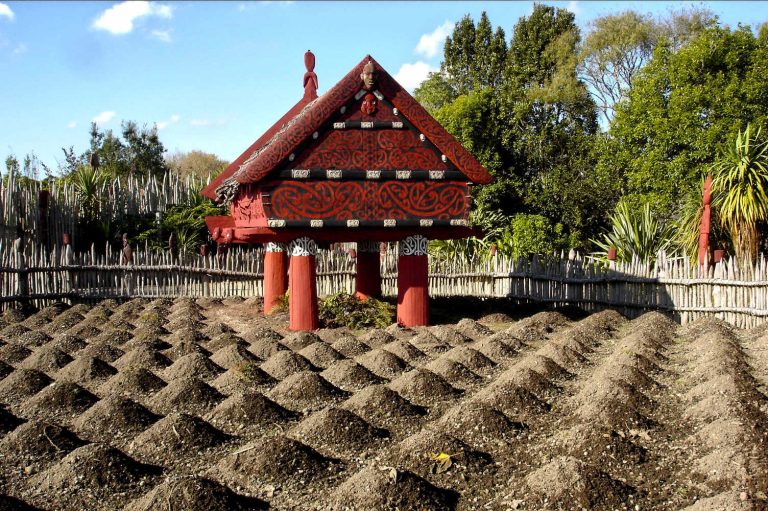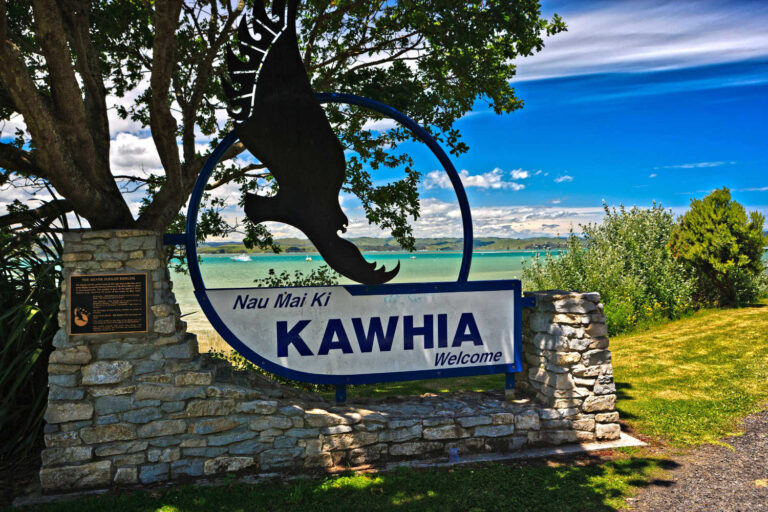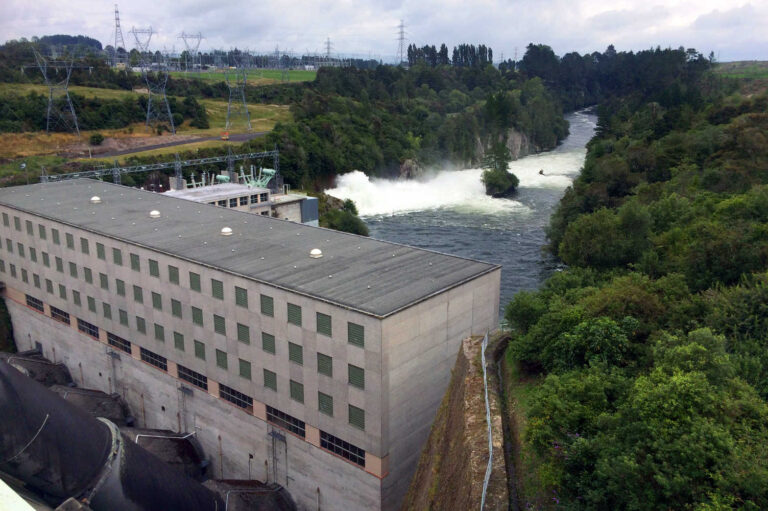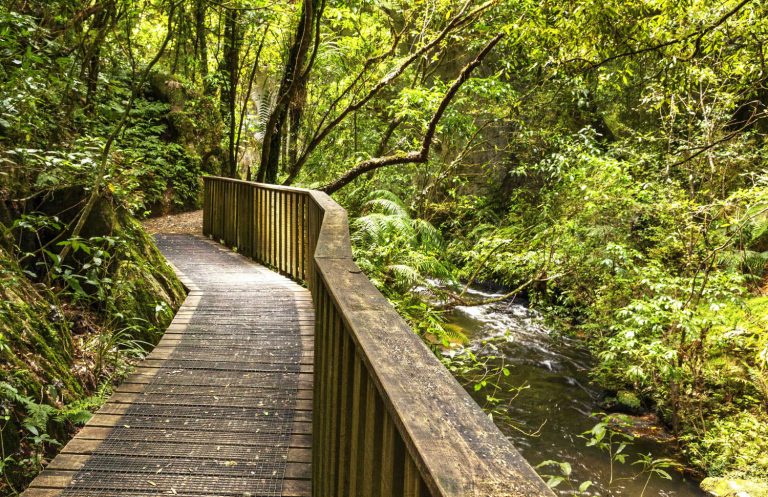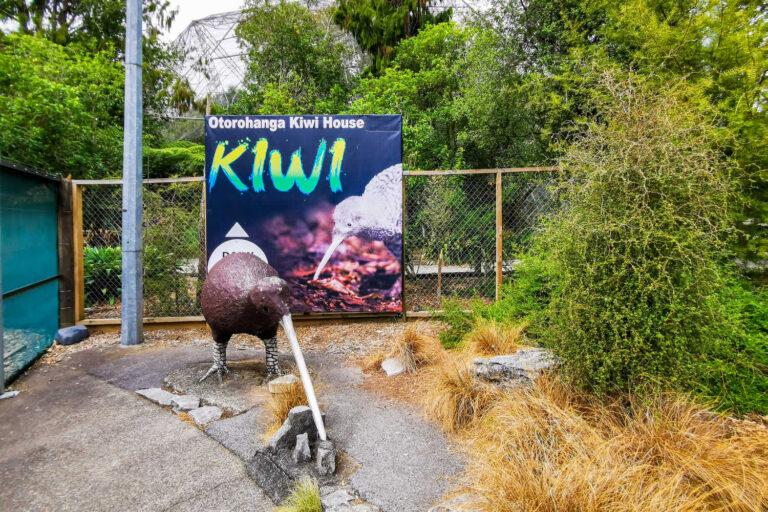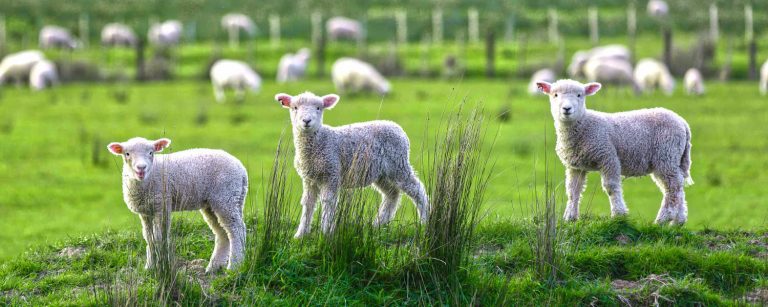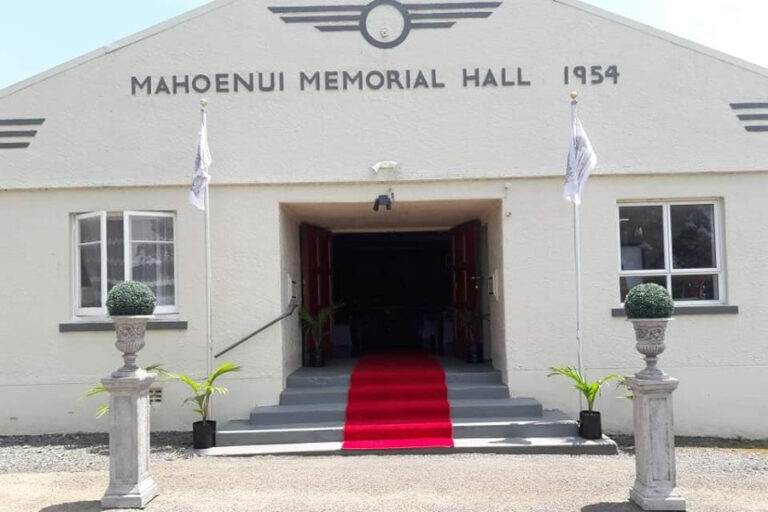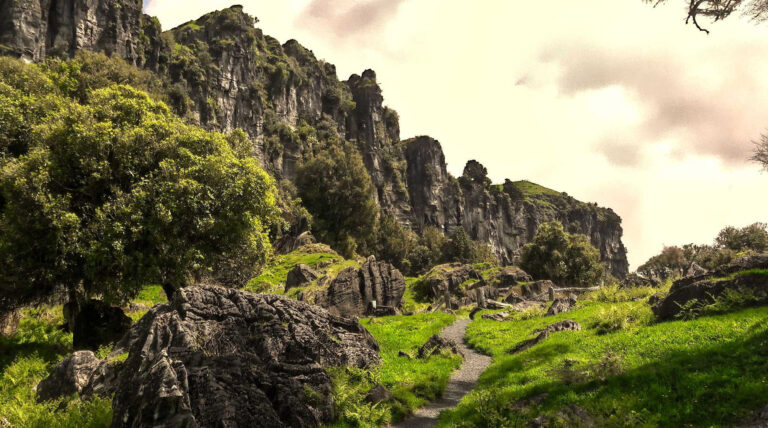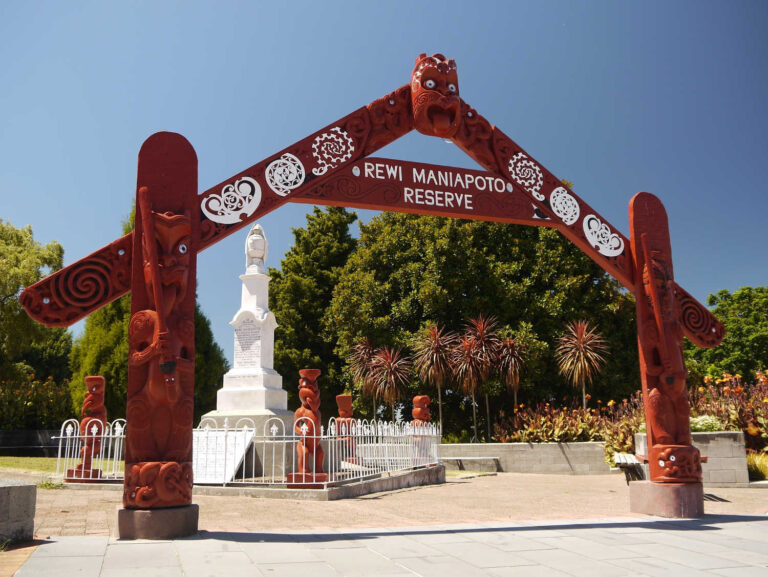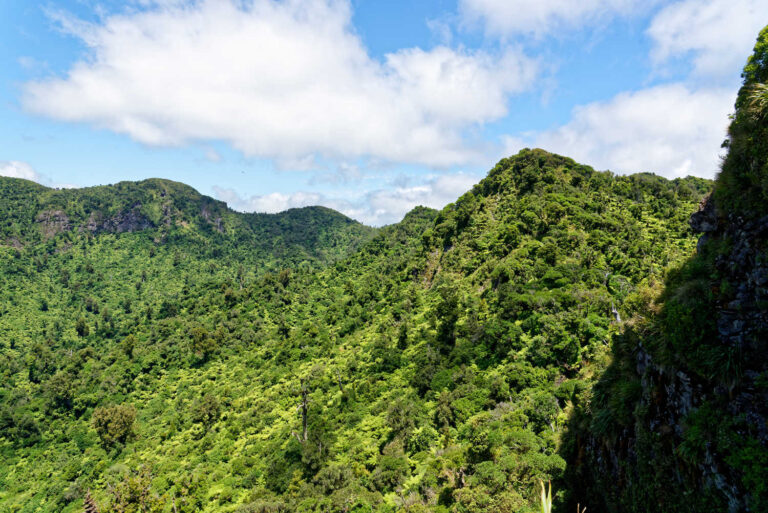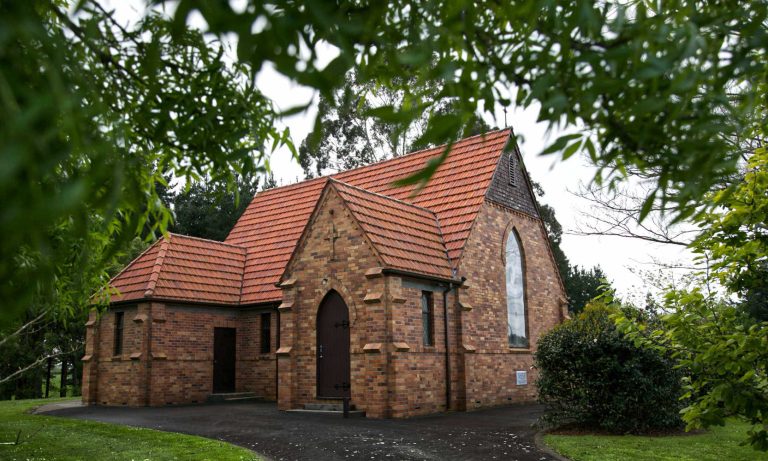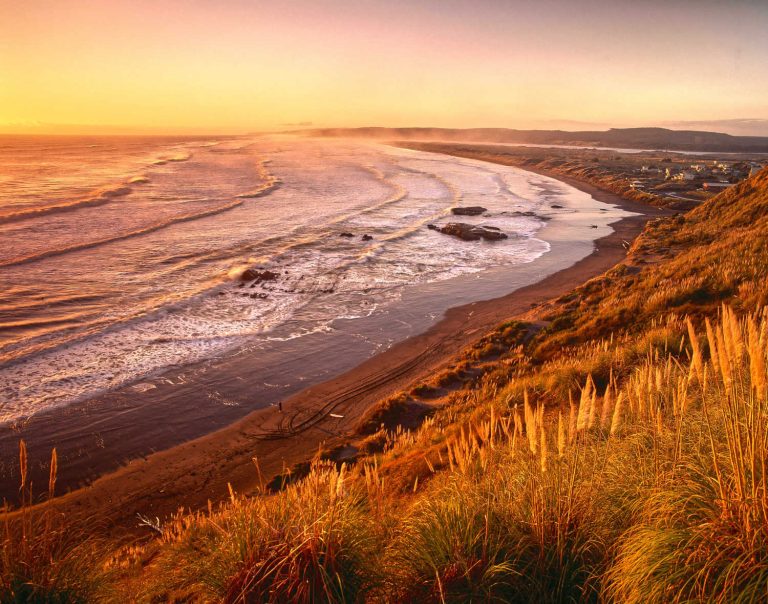Where to go and what to see on the Hauraki Plains
Ngatea there are plenty of things to do. Ngatea is one of the larger settlements in the Hauraki Plains. The predominantly agricultural service centre is often overlooked by visitors in a rush to the glorious Coromandel beachside communities. The Hauraki Plains are home to the small settlements of Miranda and Kaiaua where art galleries and cafes await the curious traveller.
Best time to visit Ngatea
Between October to mid April. Winter can experience damp, foggy conditions.
What to do in Ngatea, 6 highlights
- Ngatea Water Gardens
- Miranda Hot Springs pools (CLOSED UNTIL FURTHER NOTICE ❌)
- Seabird coast & Miranda Shorebird Centre
- Art galleries Hauraki plains
- Kaiaua fish n chips takeaway to be consumed on nearby beach
Ngatea Water Gardens
The gardens are whimlisaic with a wheelchair friendly path through the gardens that will take you over bridges, past water lily ponds, waterfalls, waterwheels and magical fountains. You will be kept entertained by hand fed birds and fish, plus fascinating turtles, said to be the oldest in New Zealand. Also set within the gardens is a Can Museum, displaying over 11,000 different beer, soft drink and unusual cans from around the world.
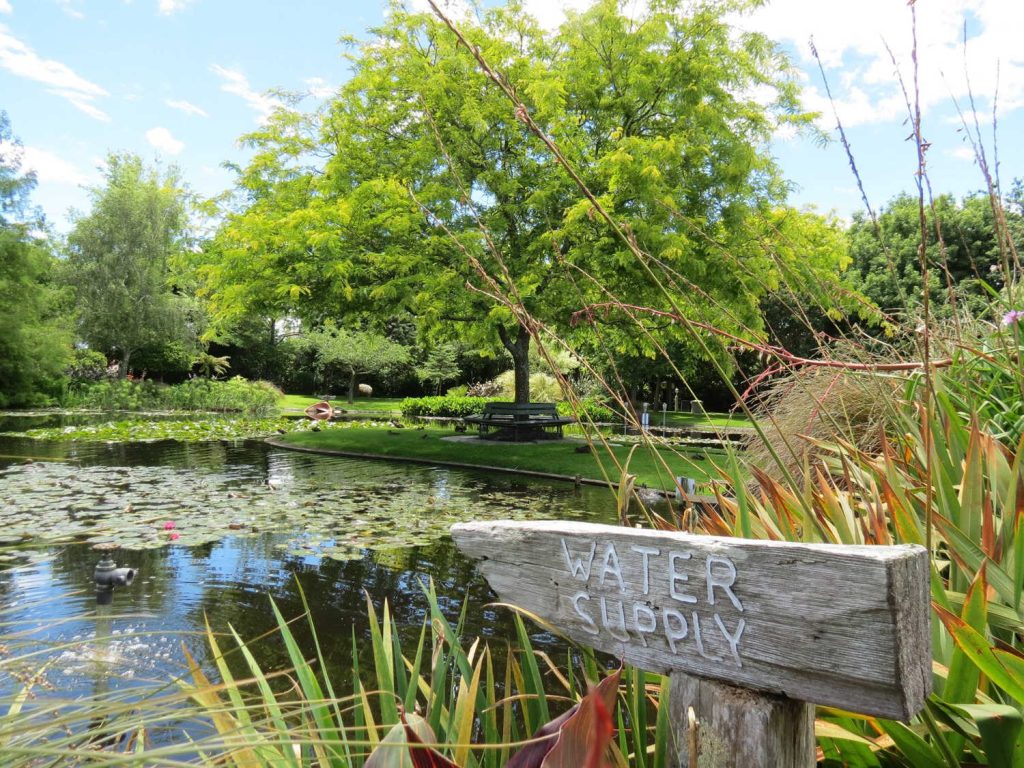
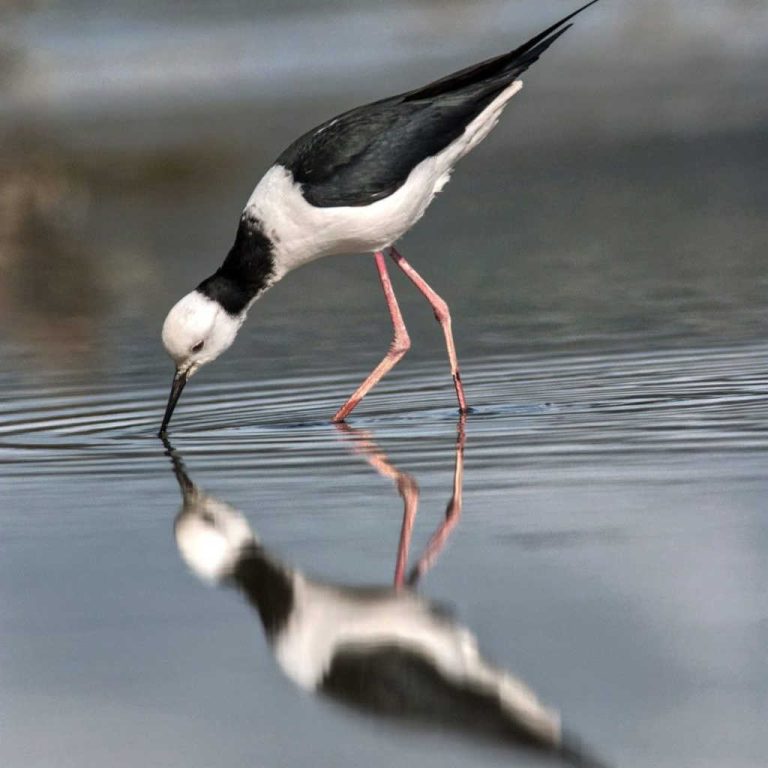
Miranda shorebird centre
The volunteers who staff the centre are passionate about the birds, the biodiversity as well as offer plenty of advice about the Hauraki Gulf. The various walks from the Shorebird Centre are well signposted with plenty of description about what is happening. The landscape has no dominant features. You spend time contemplating sand, sea, shells, water and sky with the seamless ribbon of flat expense before you. Look at the shades of white, cream with dashes of deep hues slashed with emerging water lights.
Replica Bridge
A working model of the original Piako River bridge (open 1917-1960), known as the Millennium Bridge is a fascinating insight into transport history. The replica bridge is approximately half the height of the original bridge. The replica centre span is 6m long by 1.8m wide, while the tower is 6m high from the deck (approx one half the original size). The original Piako River Bridge was built at Ngatea and opened in 1917. In the earliest days in the Hauraki Plains all transport and access to and from the land was by sea, river or canal. With the gradual development of the first roads it was essential that a crossing be made over the river.
This bridge was a unique design. In contrast to the more commonly used swivel system, the central span of the Piako River Bridge was lifted up when larger boats needed to travel up the river. The tower was a noted landmark which could be seen for miles around and travellers could see at a distance if the central span was open.
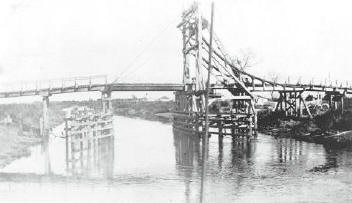
As the roads improved, the need for river transport slowed. In 1952 the bridge lifting mechanism was removed and the central span fixed in place. In 1963, after 46 years of service, the bridge was demolished and replaced by the present structure.
Source Millennium Bridge » Hauraki District Council
Location
Tilbury Reserve adjacent to the original site.
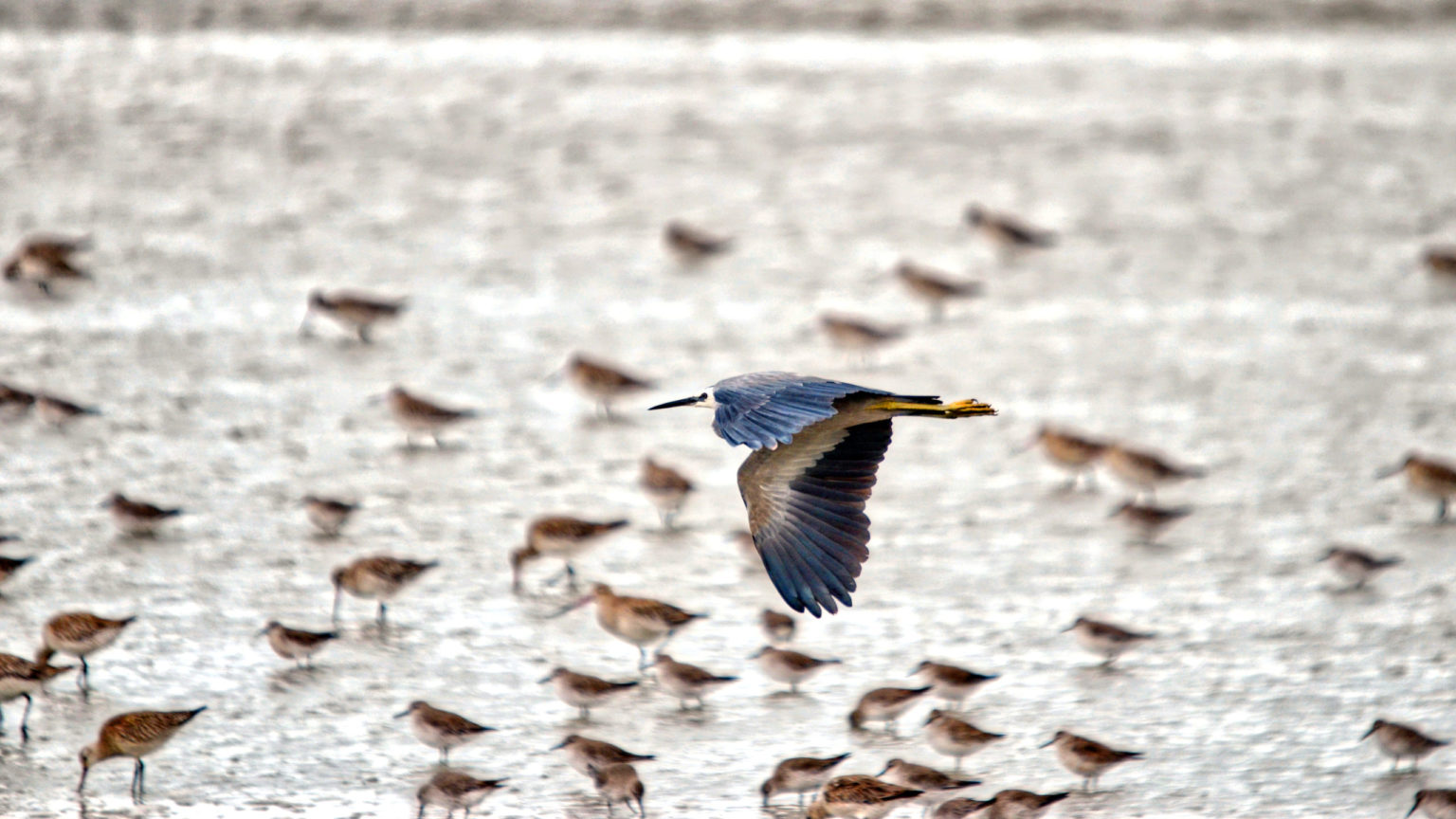
Seabird coast – Miranda
The Firth of Thames western shoreline is known as the Seabird Coast. The area is a bird watchers hotspot with the Pūkorokoro Miranda Shorebird Centre is an excellent place for visitors to the Coast to pick up birding tips and to find out more about the various conservation programmes supported by the Centre. For more information on the Pūkorokoro Miranda Shorebird Centre.
The family atmosphere of the Miranda Hot Pools has been attracting visitors who are not interested in slides, water play equipment or massage rooms. The basic hot pools are a firm local favourite.
Farm to plate
Rich dairying country with orchards flourishing in the rolling hills creates a foodie mini road trip.
Blueberry country
Blueberry Country fill your hamper to the brim with your own freshly picked blueberries. Pick your own is open from early December to late February, check individual orchards for specific dates at Pick Your Own Ngatea. This is a great family attraction with kids competing with parents to see who can eat the those, who can pick the those and then who can manage to fit a large blueberry ice cream into their tummy. The snack bar and pre-packed blueberries are an option for those who do not want to spend time picking fruit.
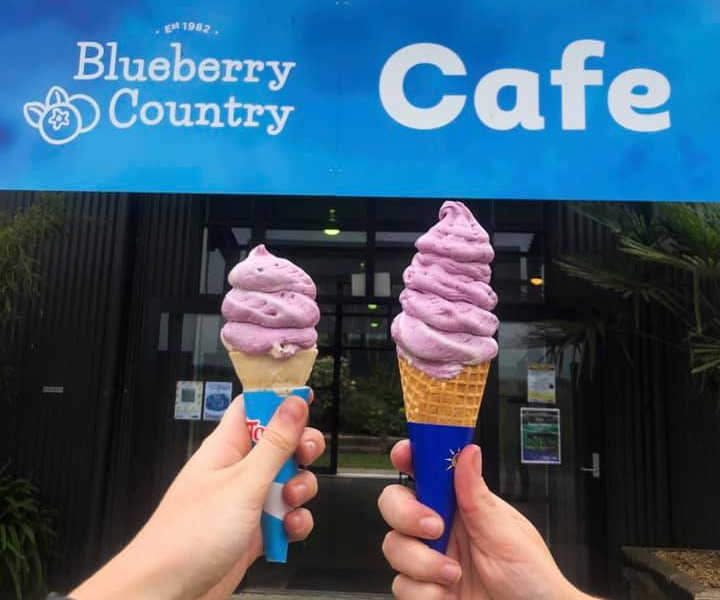
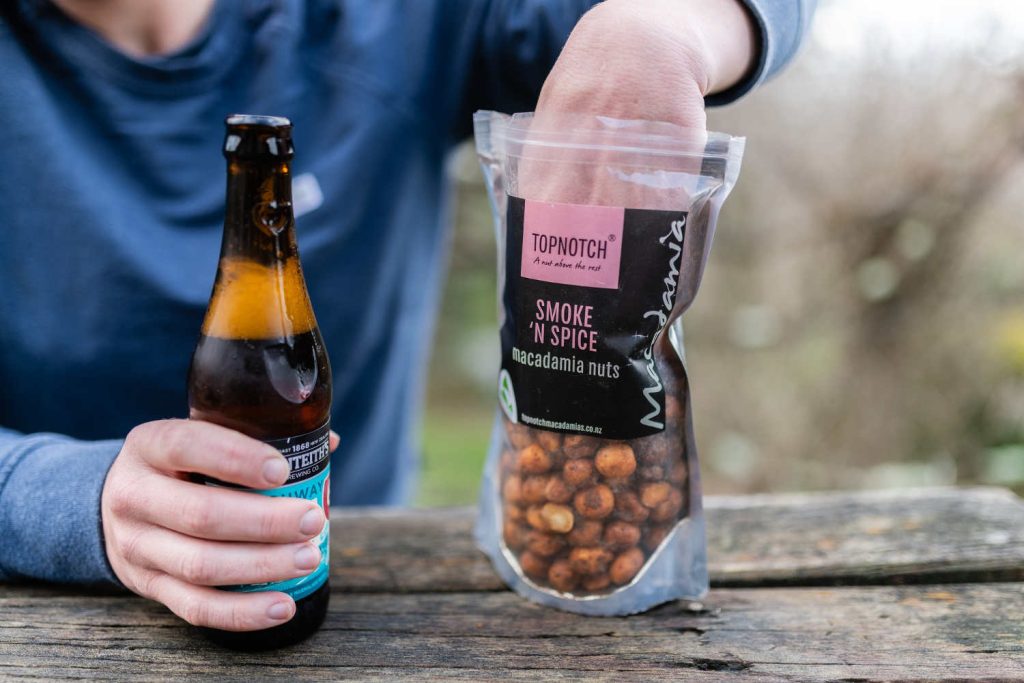
Macadamia orchard – top notch macadamias
A compulsory detour for a snack, Macadamia Orchard. Check beforehand if the shop is open and if you have 8 or more in your party book an orchard and factory tour. As the tour includes morning or afternoon tea it is a winner. Then for those who can’t make the tour there is the shop stocked with macadamia brittle, macadamia sweet and salty or packets of macadamia, dukkah and muesli made with macadamia of course. You’re on holiday, pack the hamper with treats for the road.
Piako Pete – fresh flounder (fish)
A commercial flounder fisher Pete Thorburn sells their catch direct to the public along with smoked kahawai, snapper, mullet and eel.
Art galleries
The Miranda Orchard and Gallery is also home to an interesting sculpture gallery nestled within the orchard and flowing into interior artspaces. The gallery is sustainable with an off the grid electricity supply. As you pursue the art, windows provide glimpses of the seabird coast and rural countryside. Artists include: Michael Smither, Fatu Feu’u, Erçan Cairns, Dagmar Dyck, Warren Viscoe, Clovis Viscoe, Neil Miller, Samantha Lissette, Christine Hellyar, Suzy Dunser, Jim Wheeler. Together with a cafe specialising in organic fare it is a must visit gallery.
Sculpted Metal Gallery is another gallery where the artist and his workshop are well worth a visit. Sculptor Nathan Whitehead creates intricately detailed fish, birds and reptiles which are cast bronze, steel, pewter and fiberglass sculptures. The on-site foundry provides a glimpse into the creative process via large windows within the gallery.
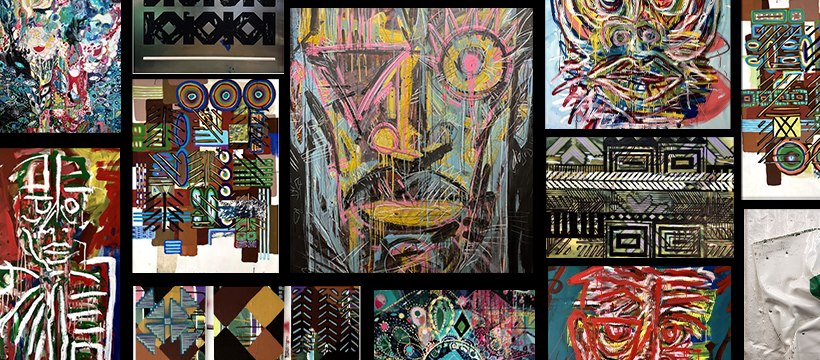
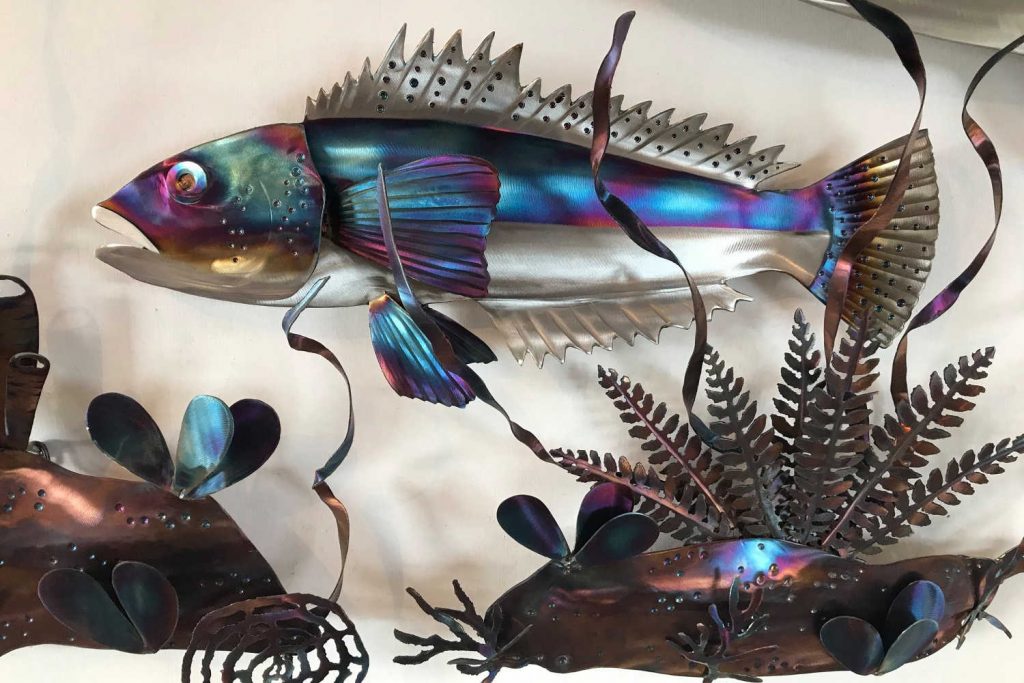
Sculpted Metal Gallery is another gallery where the artist and his workshop are well worth a visit. Sculptor Nathan Whitehead creates intricately detailed fish, birds and reptiles which are cast bronze, steel, pewter and fiberglass sculptures. The on-site foundry provides a glimpse into the creative process via large windows within the gallery.
The Rangipo Museum and Pa Site is an in situ museum complex describing over 600 years of Maori and European hand tools. The heritage Rangipo Pa site is 36 acres with commanding stunning hilltop views. Guided Tours.
- The Pa is massive covering 36 acres (14.5 ha) and there is a road to the Pa site
- There are also rare mimulus repens plants, chenier plain shell banks and long fin eels available for viewing
Guided tours are offered that take a leisurely hour and a half to complete. Bookings are essential and children are free.
Cooks landing
Cook’s Landing is another landmark, located near Netherton, on the banks of the Waihou River. Information panels at the site record historic activity on the river since 1769. James Cook noted the massive stands of kauri and other native trees as excellent trees for ship building.
Kaiaua
Kaiaua allows you to notice the large colonies of birds flying overhead, the quirky letterboxes all lined up along the shoreline, the community of campervans at Ray’s Rest and the languid view of the Coromandel Peninsula from across the wide mouth of the Firth of Thames.
- Rays rest, A favourite campervan / motorhome stop with access to the chenier shell beaches of Miranda and the thousands of shorebirds
- Fish n chips from the local takeaway is a favourite for Aucklanders on a day trip, and where else but to indulge but the local beach and bird watch
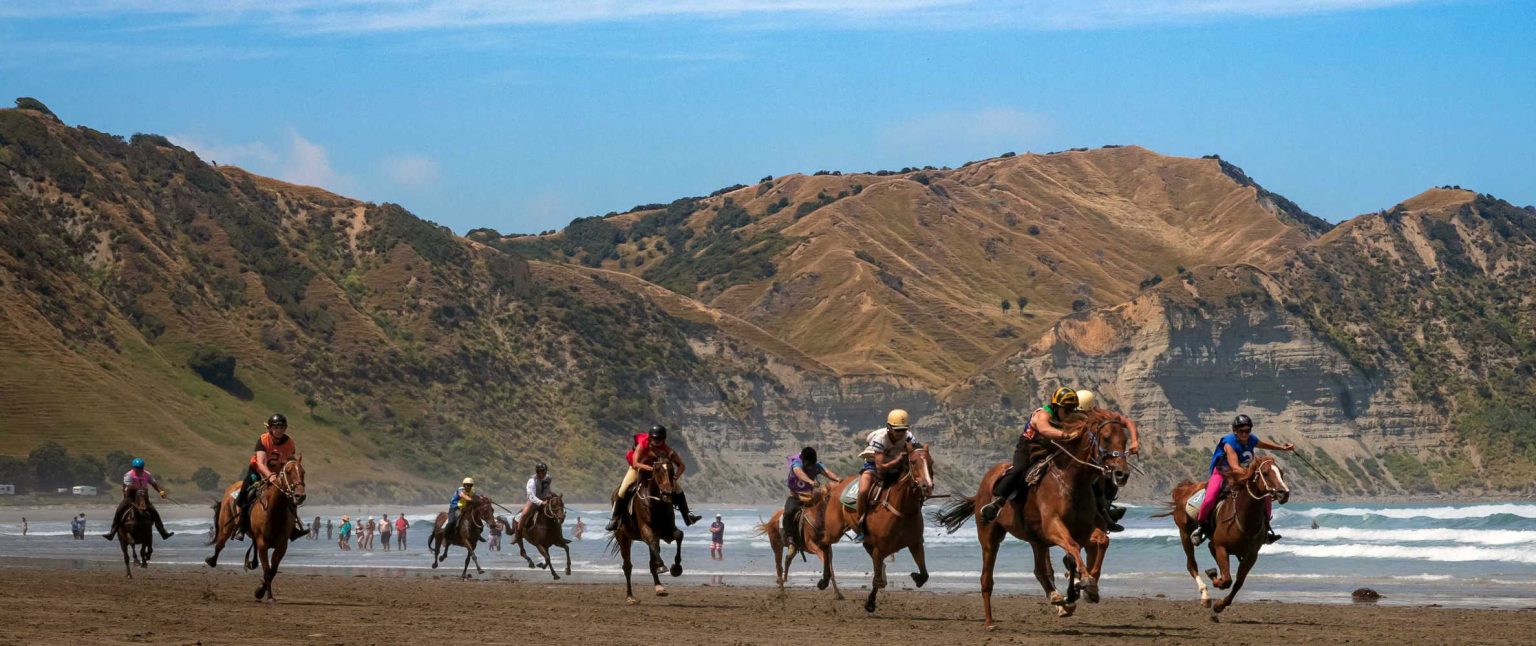
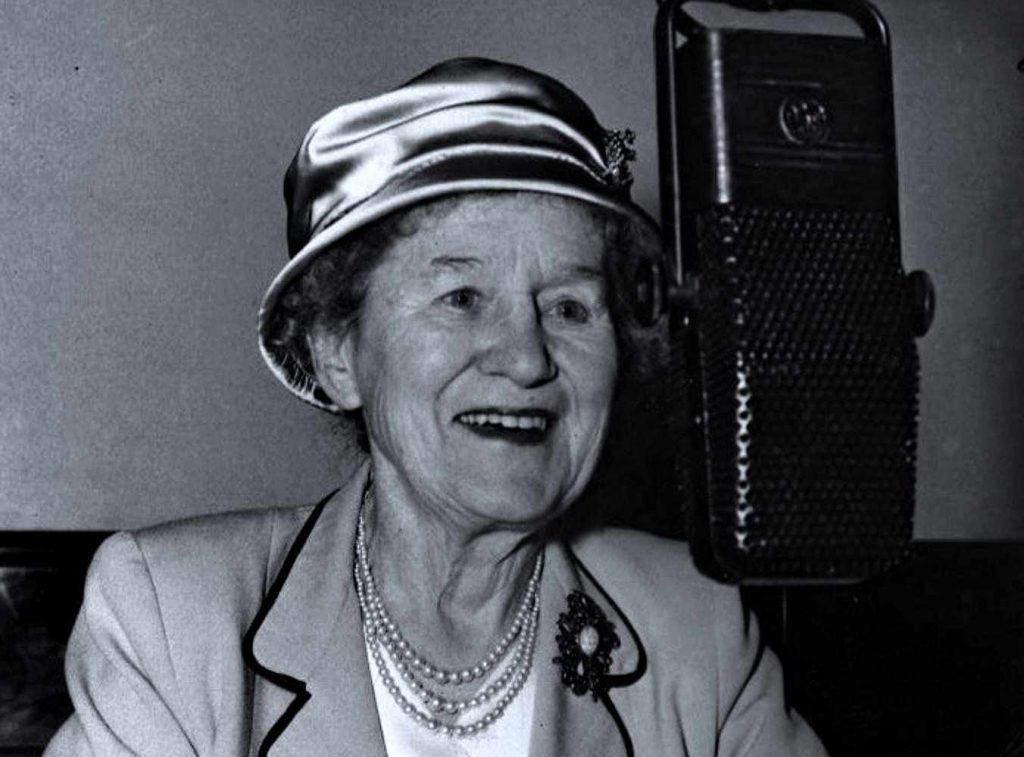
Ngatea fame
Aunt Daisy, cookbook author, radio celebrity and household star of the domestic sphere in the 1930’s – 1960’s. Her career was kickstarted in Ngatea when Maude Basham’s husband was appointed engineer to the Hauraki Plains county council in Ngātea, she and her family moved there with him from Auckland. Maude’s nickname is Daisy.
What to do with the kids in Ngatea
- Pioneer Park playground and skatepark
- Ngatea Water Garden
Where to take the best selfies in Ngatea
- Art galleries
- Replica bridge
- Ngatea Water Gardens with the lily ponds in the background
Ngatea festivals
- Annual Ngatea Garage Sale which takes place on the Domain (October)
Who turned up and named Ngatea?
Ngatea is a variation on the old Maori name Nga Ate, meaning the heart or centre. European settlers first used the name ‘The Orchard’ after the Maori-grown peach and quince trees in the area. Source Ngatea Explore.
What keeps Ngatea ticking?
Agribusiness with the very large veterinary practice, complete with large plastic cow making a definitive statement
Ngatea population
1,150
Weather in Ngatea
Waikato Weather Forecasts and Observations
Judgment on Ngatea
Hidden gems worth a detour.
Every town adds to the richness of things to do and see. For more details about the region check Hamilton & Waikato Region nearby attractions and events.
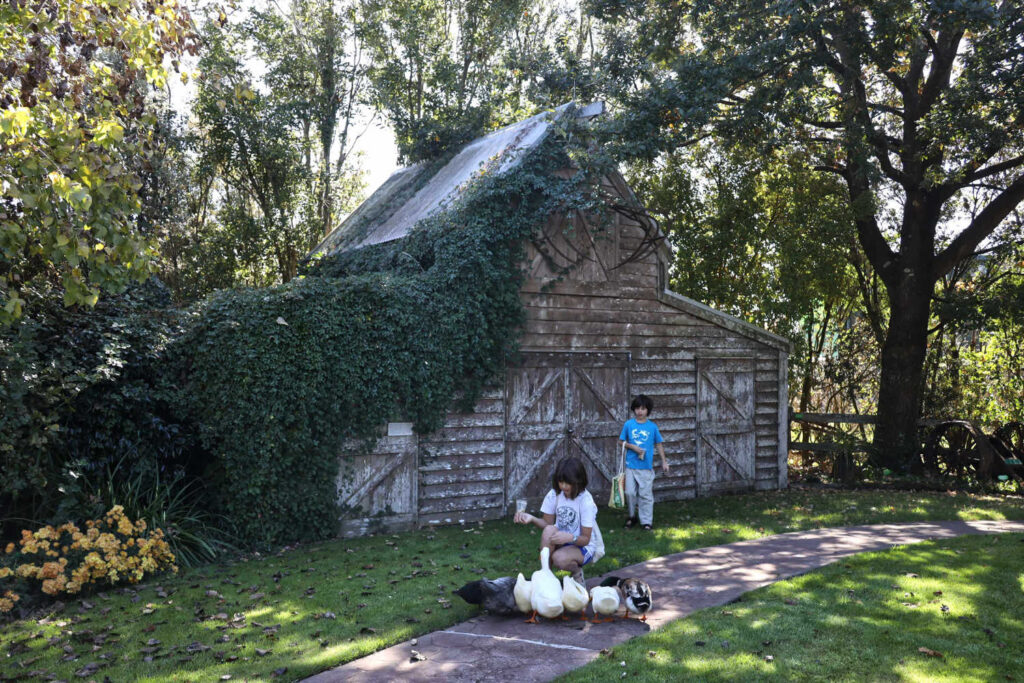

The name Miranda was a gunship that was used to subdue the local Maori villages (during the nineteenth century land wars). One of the plaques points towards the local hills and the story of how Maori resisted land confiscation in the area. Today local iwi (tribe) participation in regeneration effects is sought and the importance of the Hauraki Gulf for traditional fish netting and food gathering practices elaborated.
Travel pack information
Hauraki Plains
The Hauraki Plains have been hugely altered from their natural state. What in the 2000s was a grid of farms and straight roads was once a flood plain of bog, swamp, kahikatea forest and overflowing rivers. This transformation is the work of a vast network of canals, drains, stopbanks, floodgates and pumping stations. Canals and the stopbanks along the coast and riverbanks are clearly visible from the road. So too are many other features of drainage: spoil from drain clearing, tree stumps exposed by shrinking peat, elevated roads and drains at close intervals. Hidden from general view are heavy installations such as pumping stations.
Ngātea
Town on the Hauraki Plains, 23 km south-west of Thames and 25 km north-west of Paeroa, with a 2013 population of 1,245.
Ngātea is a variation on the old Māori name Ngā Ate, meaning the heart or centre. European settlers first used the name ‘The Orchard’ after the Māori-grown peach and quince trees in the area.
From Ngātea to the nation
When Maude Basham’s husband was appointed engineer to the Hauraki Plains county council in Ngātea, she and her family moved there with him from Auckland. Missing the city, Maude (who was always known as Daisy), an experienced singer and performer, started a glee club which performed routines from stage musicals and Gilbert and Sullivan shows. On occasion she would take singing engagements in Auckland, including on radio – the beginnings of her career as the legendary radio personality ‘Aunt Daisy’.
The land ballot at Ngātea in May 1910 was the first on the plains. The town was the most important port on the Piako River, which was bridged at the town. Hauraki Plains County Council (1920–89) and Hauraki District Council (since 1989) have both had their main offices in the town. Hauraki Plains College in Ngātea is the only secondary school on the plains.
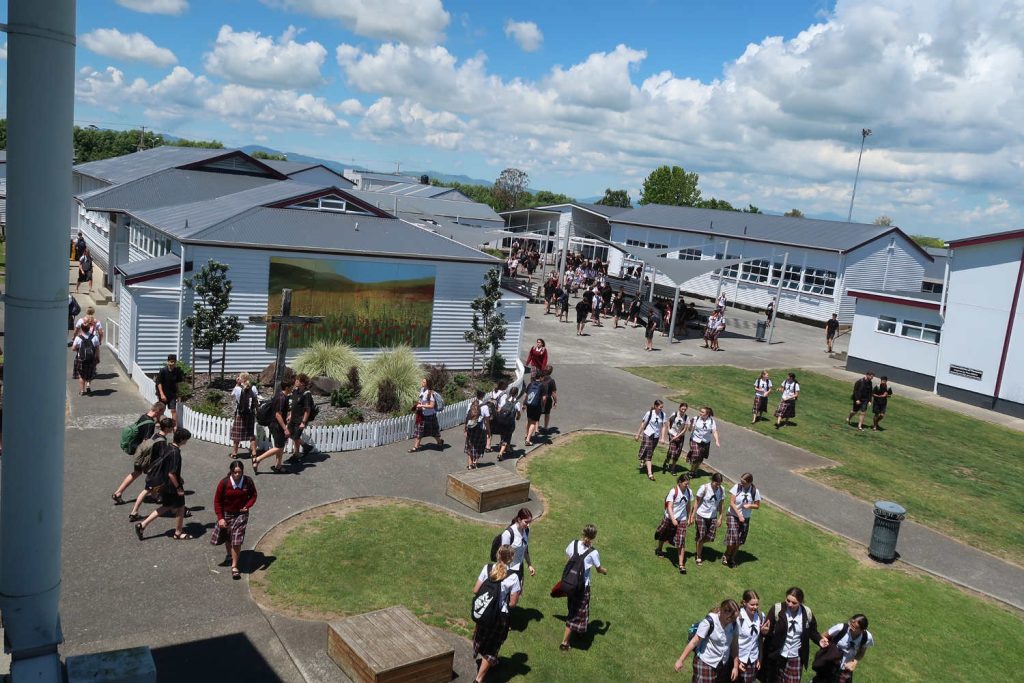
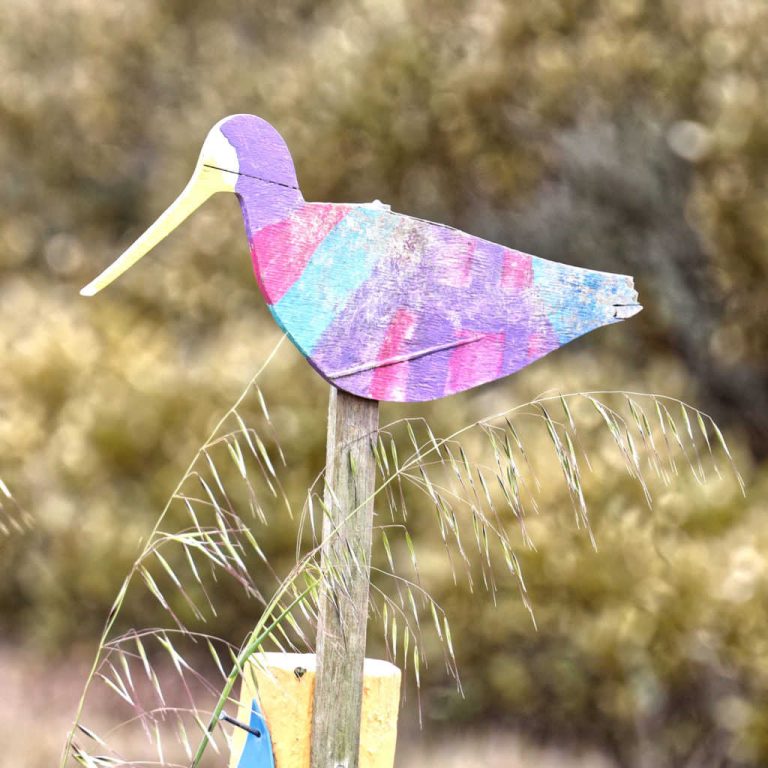
Miranda coast
The Miranda coast faces the Coromandel Peninsula across the Firth of Thames. It is part of the Hūnua block, which has been raised in the course of fault movements but not by as much as the peninsula. The same is true of the Hapūakohe Range, further south.
On the Miranda coast tides from the north slowly move gravel, sand and cockle shells southwards down the shoreline. The result is New Zealand’s only chenier plain (a plain made of shell and sand on marine muds). Between Wharekawa and Kaiaua a series of gravel ridges have built up in front of the old cliff line. South of Kaiaua the ridges are composed entirely of sand and shells.
Kaiaua, 42 km from Thames, has an 800-year-old pūriri tree in the local domain. Wharekawa, 5 km to the north, is the site of a Ngāti Pāoa marae. Whakatīwai, between the other two settlements, is known as the burial place of Marutūahu, the ancestor of all the Hauraki tribes.
Miranda
Locality at the south-west corner of the Firth of Thames, known to Māori as Pūkorokoro. In November 1863 HMS Miranda and the gunboat Sandfly shelled Pūkorokoro; 900 government soldiers later landed from a flotilla of vessels and stormed and captured the settlement.
Miranda is best known as a major reception area of godwits (kūaka), which migrate from Alaska and Siberia for the New Zealand summer; and for its hot springs, with a large hot mineral pool complex.
Waitakaruru
Settlement at the north-west corner of the Hauraki Plains. Its first buildings were located at the mouth of the Waitakaruru River in 1910, where booms were used in the floating of kahikatea logs. The general store of the time was a goldfield hotel shipped from Kuaotunu.
The flax industry of the plains was centred at Kaihere and Pātetonga from 1905 to 1920. The Maukoro Canal directs water from the Hapūakohe Range into the Firth of Thames.
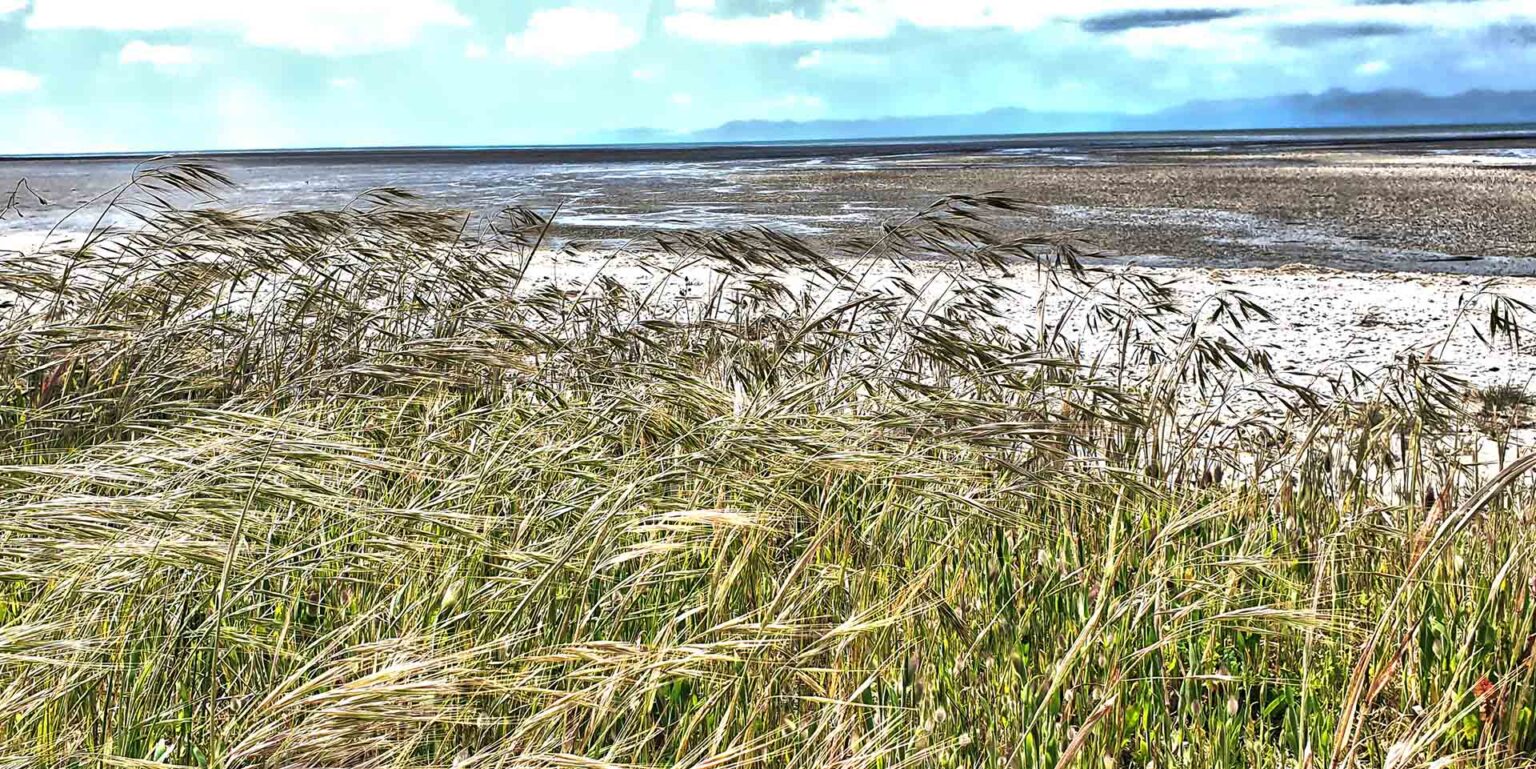
Hard yakka
Returned servicemen and other settlers in the district faced great difficulties. They lacked knowledge of the trace elements essential to farming peat land, prices were depressed and drain clearing was constant. Road building involved great toil.
Torehape wetland contains the remnant of a large peat dome (654 ha) a short distance north of the Kopuatai Peat Dome.
Kerepēhi
Kerepēhi, once described as ‘[t]his “island” in the vast swamp’, is known as ‘Kere’ to locals.1 Kerepēhi was chosen as the base of Lands and Survey drainage operations in 1908 because of its location on the Piako River and its elevation above the natural flood level. Until the early 1920s a large establishment of engineers, shipwrights, blacksmiths, surveyors, clerks and labour gangs was based there.
A consolidated dairy factory for the plains operated at Kerepēhi from 1954 to 1991; a number of businesses now occupy the former dairy plant. Ngāti Hako have a marae at Kerepēhi and another to the south at Tirohia.
Tūrua
Locality on the Waihou River 14 km south of Thames. The Bagnall family lives on in the street named after their forebears who milled the timber of the Tūrua forest in the late 19th century. Remnant kahikatea in the Tūrua domain struggle to survive as a dry, rather than swamp, forest.
Farming
The Hauraki Plains were originally swamps covered with kahikatea forest. European settlers cleared the forest and drained the swamps for farmland. Dairy farming is the main type of agriculture in the region.
Transport
The region has many rivers and a lot of coastline, so boats were the main form of transport until railways and roads were built. The rail line from Auckland reached Paeroa in 1895. Many communities on the Coromandel Peninsula had no roads until after 1945.
Sources The Hauraki Plains.
BEST BITS TRAVEL GUIDE
Best Bits travel guide is published by nzjane.com. Owned and managed by PacificJane Ltd.
Our editors independently visit tour operators, purchase tickets, pay for accommodation, and rate products and places. We are not paid to go on a tour or visit a place. We only make money if you decide to purchase a product through our website links. We promise to never accept free products from manufacturers in return for boosting their products. Read more about our affiliate programme in the terms and conditions HERE.



